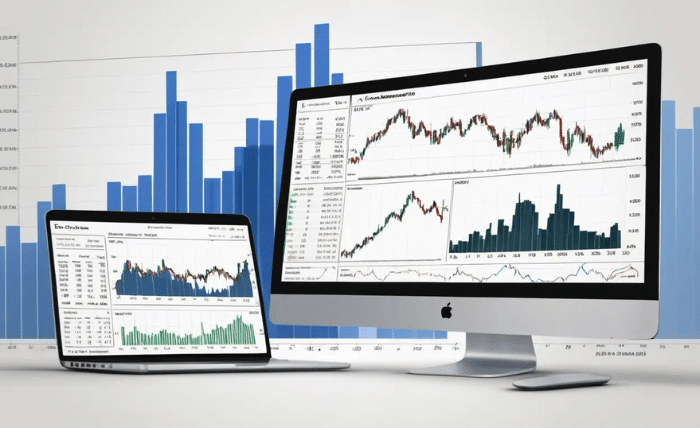Datamatics Share Price Trends: Chartink Insights

Understanding share price movements is a key part of stock market analysis. In this blog post, we will explore Datamatics share price trends and how you can use Chartink tools to analyze these trends effectively. This guide is written in simple, clear English to ensure everyone can follow along. Let’s dive right in.
What is Datamatics?
Datamatics is a leading company offering IT solutions and services. It provides advanced technology-driven solutions to clients across various industries. Its shares are listed on the stock market, making it a popular choice for investors. Understanding the Datamatics price is essential for making informed investment decisions.
Why Analyze Datamatics Share Price?
Analyzing share prices helps investors make better decisions. Here’s why you should pay attention to the Datamatics share price:
- Monitor Performance: Tracking the price gives you an idea of how the company is performing.
- Identify Trends: Spotting patterns can help predict future movements.
- Make Informed Decisions: Data-driven analysis reduces the risk of losses.
What is Chartink?
Chartink is a powerful platform for stock analysis. It provides charts, screeners, and tools to help you study stock trends. By using Chartink, you can track the Datamatics share price with ease.
How to Use Chartink to Analyze Datamatics Share Price
Chartink offers many features to help investors. Let’s look at some steps to analyze the Datamatics share price effectively:
1. Search for Datamatics on Chartink
Start by searching for Datamatics on the Chartink platform. This will give you access to its stock chart and key details about its performance.
2. Study the Price Charts
Price charts show you how the Datamatics share price has moved over time. Look for trends such as:
- Upward movements indicating growth.
- Downward trends signaling a drop in value.
- Stable patterns showing consistency.
3. Use Indicators
Chartink provides various technical indicators such as:
- Moving Averages: To understand average price over a specific period.
- RSI (Relative Strength Index): To measure the stock’s momentum.
- MACD (Moving Average Convergence Divergence): To track price changes and potential reversals.
These tools can give you a deeper understanding of Datamatics share price movements.
4. Set Alerts
With Chartink, you can set alerts for price changes. This ensures you don’t miss any important movements in the Datamatics share price.
Factors Affecting Datamatics Share Price
The Datamatics share price is influenced by several factors:
1. Company Performance
Strong financial results, new projects, or innovative products can boost share prices. Weak results can lead to a decline.
2. Market Trends
The stock market’s overall performance often impacts individual stock prices. A bullish market can lift prices, while a bearish market can pull them down.
3. Global and Domestic Events
Economic policies, global events, or industry-specific news can also affect the Datamatics share price.
4. Investor Sentiment
Positive or negative news about the company can influence how investors feel, directly impacting the share price.

Key Tips for Analyzing Datamatics Share Price
Here are some easy tips to help you:
- Stay Updated: Follow the latest news about Datamatics.
- Compare with Peers: Check how Datamatics is performing compared to competitors.
- Look at Volume: High trading volumes often indicate strong investor interest.
- Set a Strategy: Decide whether you’re investing for the short term or long term.
Frequently Asked Questions
What is the current Datamatics share price?
You can find the latest Datamatics share price on platforms like Chartink or through your stockbroker.
Is Datamatics a good investment?
This depends on your investment goals and risk tolerance. Analyzing the Datamatics price and company fundamentals can help you decide.
How often should I check the share price?
It’s a good idea to monitor regularly, especially if you’re actively trading. For long-term investors, checking weekly or monthly might be sufficient.




